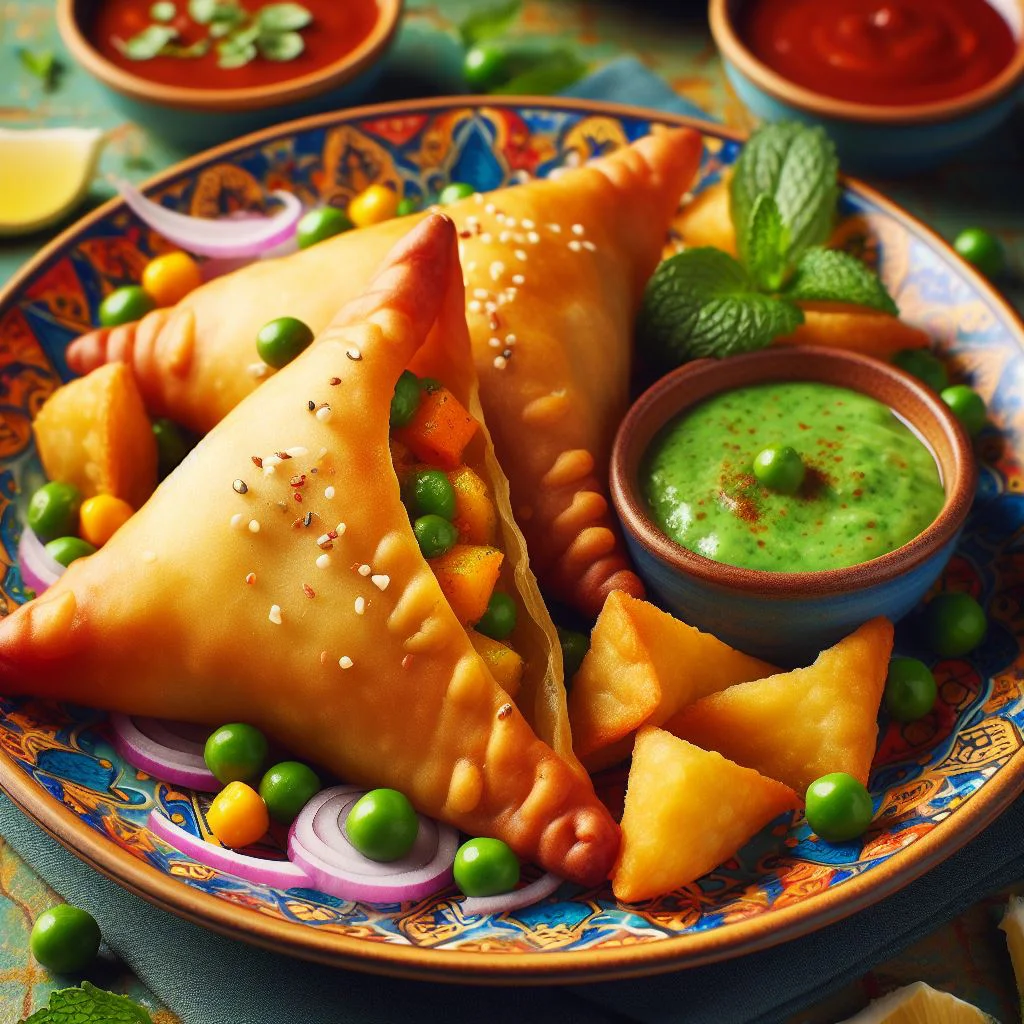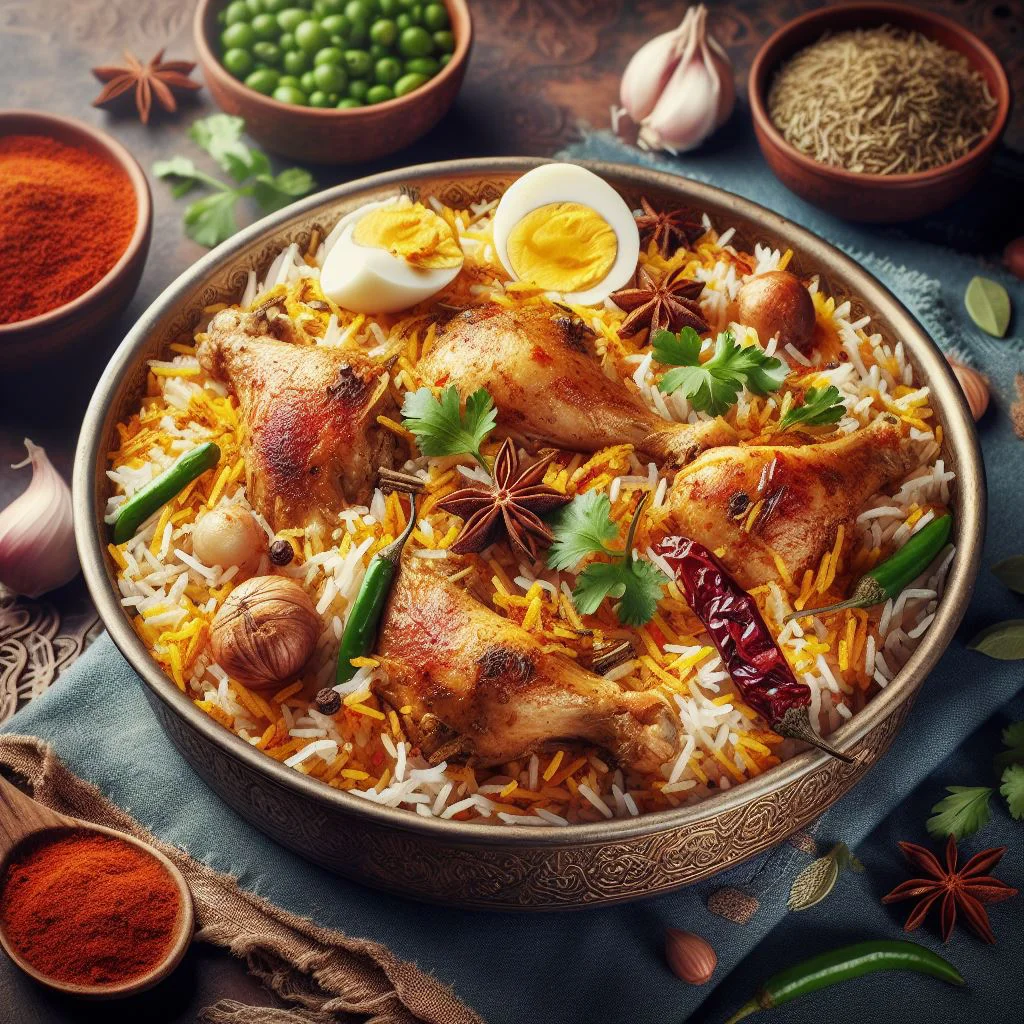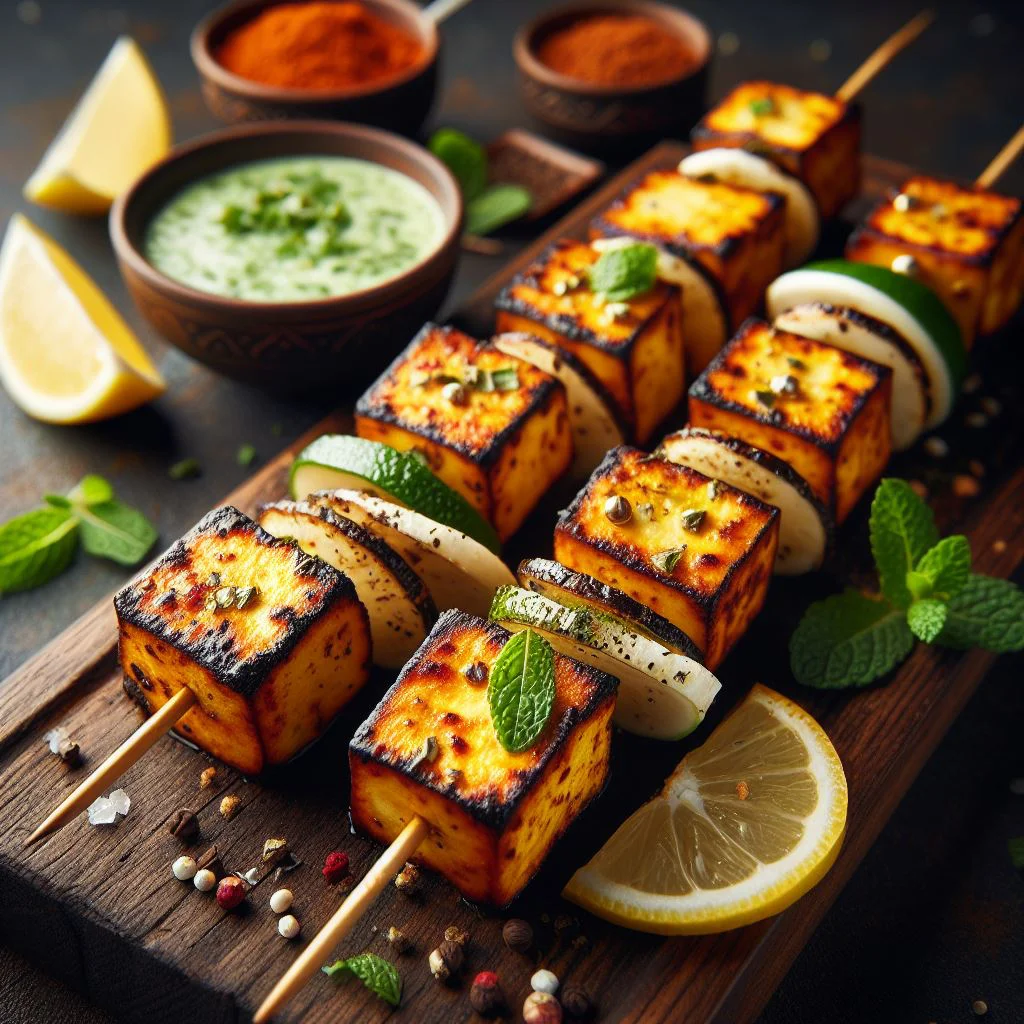Samosa, a delectable Indian snack, has secured its place as one of the most popular Indian foods worldwide. With its crisp, golden-brown exterior and flavorful filling, samosas have become a beloved treat for food enthusiasts around the globe. Let’s embark on a journey to unravel the fascinating history of this triangular delight and explore the unique blend of flavors that make it a true culinary icon.
Origin and Historical Significance
The history of samosas can be traced back to the Middle East, where a similar dish known as “sambusak” gained popularity. It was through the trade routes that this delightful creation made its way to the Indian subcontinent, and over time, it evolved into the beloved samosa we know today. The earliest mention of samosas in India dates back to the 9th century, during the Persian-influenced Islamic rule.
Evolution of Samosas in India
Initially introduced as a stuffed pastry with spiced meat fillings, samosas underwent a significant transformation as they adapted to the diverse culinary traditions of India. With the influence of vegetarianism, the filling evolved to include a medley of potatoes, peas, and aromatic spices, creating a more inclusive and accessible version of the snack.
Regional Variations
As samosas spread across the subcontinent, different regions put their unique twist on the classic recipe. In Punjab, you might find a spicier version, filled with tangy chana masala, while in South India, the filling could feature a mix of lentils and regional spices. Each variation reflects the rich tapestry of Indian cuisine, offering a diverse array of flavors to suit every palate.
Samosa in Modern Times
Today, the humble samosa has transcended cultural boundaries and earned its place as one of the most popular Indian foods globally. Its versatility and convenience have made it a staple at street food stalls, festive gatherings, and even high-end restaurants. Whether enjoyed with a side of mint chutney or paired with a cup of masala chai, samosas continue to captivate taste buds worldwide.
In conclusion, the journey of the samosa from its Middle Eastern roots to becoming one of the most popular Indian foods is a testament to the vibrant history and cultural amalgamation that defines Indian cuisine. With its crispy exterior, flavorful filling, and a legacy rooted in centuries of culinary evolution, the samosa remains an iconic dish that continues to delight food enthusiasts across the globe.




